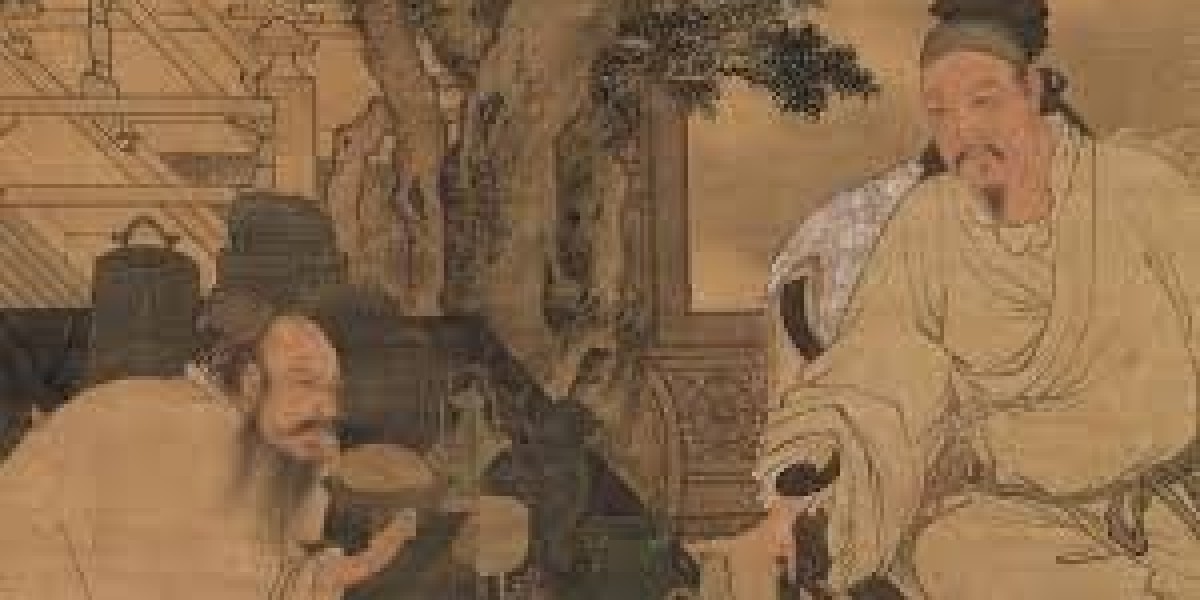Old Chinese art has fascinated people for centuries with its elegance, precision, and deep cultural significance. From intricate calligraphy to breathtaking landscape paintings, this artistic tradition has shaped the way China expresses its history, philosophy, and spirituality. The techniques used in old Chinese art have stood the test of time, influencing artists worldwide and preserving an aesthetic that remains captivating.
The Essence of Old Chinese Art
Old Chinese art is deeply rooted in the country’s history, reflecting social values, philosophical thoughts, and nature’s beauty. Unlike Western art, which often focuses on realism, Chinese art emphasizes the expression of spirit and emotion. Artists aim to capture the essence of a subject rather than just its physical appearance. This principle is evident in traditional paintings, where a few elegant brushstrokes can convey the movement of water, the energy of a mountain, or the grace of a bird in flight.
Calligraphy, another major aspect of old Chinese art, is considered both a literary and artistic practice. The movement of the brush and the balance of characters reflect the artist’s emotions and mastery of technique. Each stroke carries a specific rhythm, and a well-executed calligraphy piece is often compared to a beautiful musical composition.
Traditional Techniques That Shaped Old Chinese Art
Brushwork and Ink Wash Painting
The brush is the soul of old Chinese art. Artists use varying brush pressures and strokes to create different textures and expressions. Ink wash painting, also known as "shui mo hua," is a traditional technique where different concentrations of ink are used to produce depth and shading. The light and dark tones blend seamlessly, creating a poetic effect. This technique is highly valued for its simplicity and expressive power.Silk and Rice Paper as Canvases
Instead of painting on canvas, Chinese artists traditionally used silk and rice paper. These materials absorb ink differently, allowing for delicate and fluid brushwork. The choice of material played a significant role in shaping the distinctive look of old Chinese art.Xieyi and Gongbi Styles
There are two primary painting styles in old Chinese art—Xieyi and Gongbi.- Xieyi (freehand style) focuses on spontaneity, using bold strokes to express emotions and ideas.
- Gongbi (meticulous style) involves precise and detailed brushwork, often used to depict figures, flowers, and birds with lifelike accuracy.
The Role of Calligraphy
Calligraphy is not just about writing—it is an art form in itself. Different script styles, such as Seal Script, Clerical Script, and Running Script, add diversity to old Chinese art. The movement of the brush, the balance of strokes, and the space between characters all contribute to the beauty of calligraphy.Natural Pigments and Color Symbolism
Traditional Chinese paintings used natural pigments derived from minerals, plants, and shells. These colors held symbolic meanings—for example, red represented happiness and good fortune, while black symbolized water and stability. The careful selection of colors added depth to artistic expression.Use of Perspective and Composition
Unlike Western perspective techniques that focus on a single viewpoint, old Chinese art often uses multiple perspectives within one painting. This approach allows viewers to experience different aspects of a scene simultaneously.Themes Inspired by Nature and Philosophy
Old Chinese art is closely tied to nature, featuring landscapes, animals, and seasonal changes. Mountains, rivers, bamboo, and plum blossoms frequently appear in paintings, each carrying symbolic meanings. These elements are often linked to Taoist and Confucian principles, reinforcing harmony between humans and nature.
The Influence of Old Chinese Art on the World
Old Chinese art has significantly influenced global artistic traditions. Many Japanese, Korean, and Vietnamese artists have drawn inspiration from its techniques and aesthetics. Even Western artists have explored Chinese brushwork and ink painting methods. The timeless appeal of this artistic tradition continues to inspire new generations of artists.
Preserving and Studying Old Chinese Art
Museums and cultural institutions worldwide house collections of old Chinese art, ensuring its legacy remains alive. Scholars and artists continue to study ancient techniques, keeping the traditions intact while blending them with modern innovations.
Old Chinese art is more than just visual beauty—it is a reflection of history, philosophy, and artistic mastery. Its techniques, deeply rooted in tradition, continue to captivate people across cultures, proving that great art transcends time.



